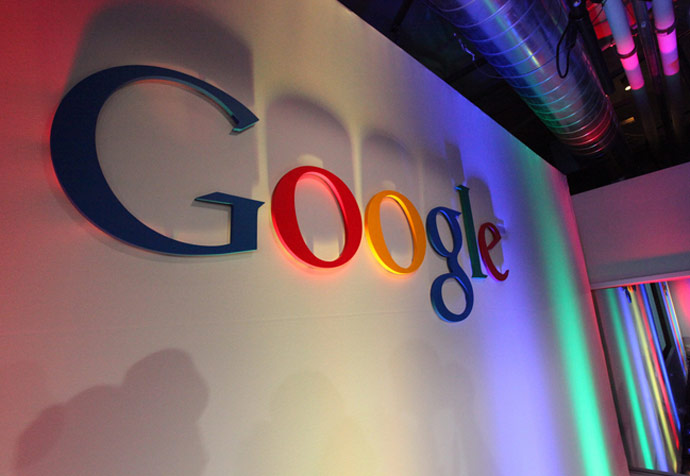Why Google Could Be Its Own Worst Enemy

Image via Flickr/ Robert Scoble
As Wall Street Insanity reported on Friday, data from the IDC indicates that Android tablets outstripped Apple’s iPad in the global tablet market for the first time ever in the third quarter. This maiden defeat signals the traction that Google (NASDAQ:GOOG) is gaining in the mobile segment, a strategic segment as far as the future of tech goes.
Just as a recap, data from the third quarter indicates that Android tablets made up for a large share of the market in terms of revenue. Android tablets staked out 46.2 percent of revenue compared with iPad’s share of 45 percent. The margin was even more visible when it came to unit market share where Android devices came ahead of Apple with a market share of 66.7 percent, having gained from 40.2 percent in the year-ago quarter.
IDC analysts however say that Google’s victory could be short-lived in view of the expected momentum that Apple’s new iPad Air and iPad mini are expected to generate this holiday season. Nonetheless, this is not a huge concern for Google. Why is this so?
Google Is More Concerned About User Engagement
Google’s underlying strategy is not as monumental as its rally on the stock market. If anything, it is just about the simplest strategy a tech company of its size can have.
Step one is to increase user engagement on all Google platforms (Android, Google, Gmail, YouTube, G+) , step two is to glean insights from data provided by users, and step three is to improve ad targeting through these said insights.
This strategy is very important in light of the impact that mobile ads are having on the digital ad business. A report in the New York Times indicates that mobile ads on average cost half to two-thirds as much as desktop ads. Seeing that mobile is becoming the dominant platform, Google’s strategy is instrumental in averting a fate that many will, and are already falling into; suppressed margins.
Through gaining deep insights on consumers, Google will be able to improve targeting to the extent that its ads will merit premium payments. And although investors will not see the rabbit being smuggled into the hat, the prospect of premium ads is gathering on the horizon. Other than increased engagement on Android tablets and smartphones, a recent study on 4014 teens by futures company DNAINDIA indicates that YouTube is now more popular than Facebook (NASDAQ: FB) among teens. 50 percent of the teens surveyed preferred YouTube relative to 45.2 percent who preferred Facebook.
The Bigger They Are The Harder They Fall
In line with Paul Shea’s viewpoint in one of Wall Street Insanity’s previous reports on Google, the tech company’s size is an issue. Just to add on that, the Mountain View based tech heavyweight could become even bigger when its agenda for premium ads comes to greater focus. This could be a huge hindrance for individual investors. Not only will the share price, which is already high, be prohibitive, but volatility on the stock market will raise the risk profile.
What investors need to watch for going forward is not the growth prospects, but rather Google’s effort to control its size. It would be in order if Google did either of the following in the foreseeable future: (a) starts issuing dividends to rope in income oriented investors who do not trade on emotion (b) initiates share buybacks to reduce shares outstanding, raise EPS and retain unemotional investors or (c) considers a 2-for-1 stock split that reduces share price but maintains company value. Either way, Google needs to do something about its size.
Disclosure: Author represents that he has no position in any stocks mentioned in this article at the time this article was submitted.







































